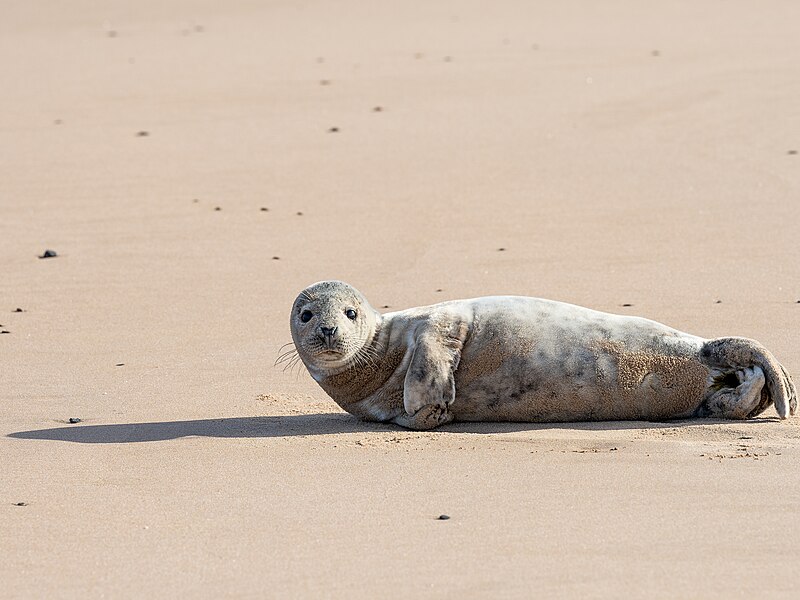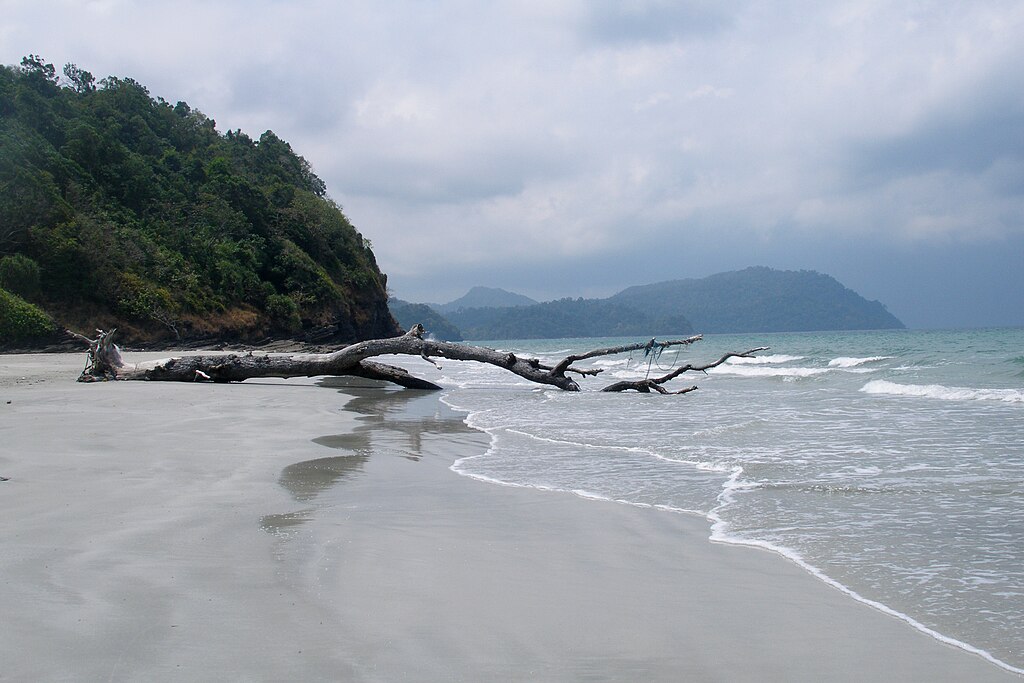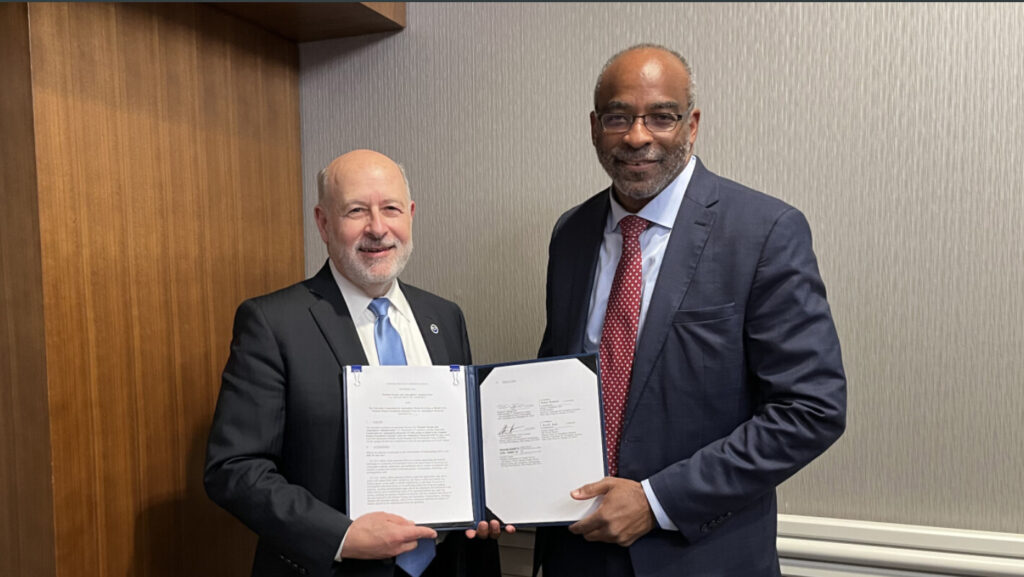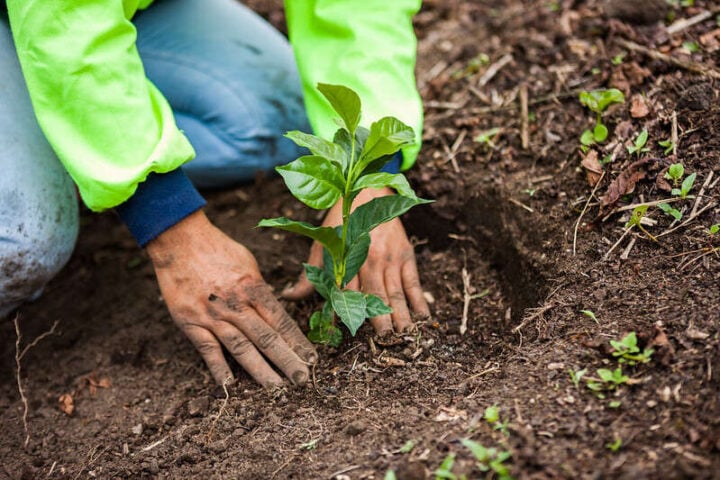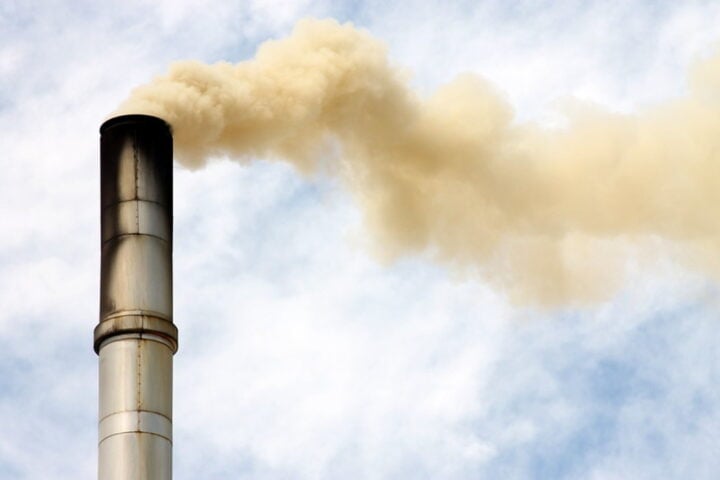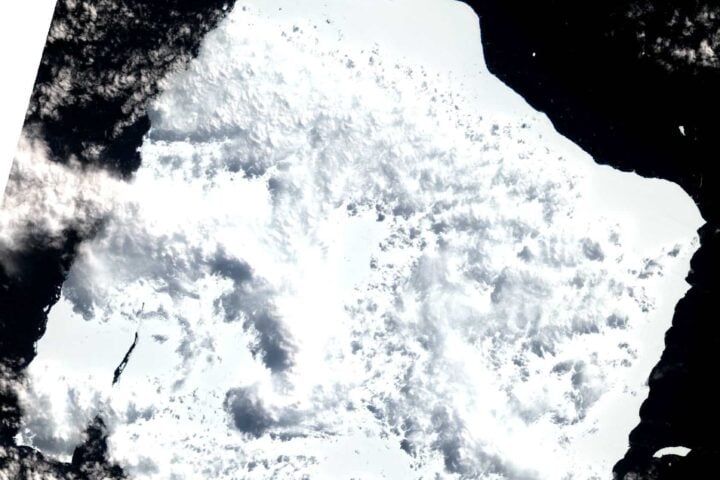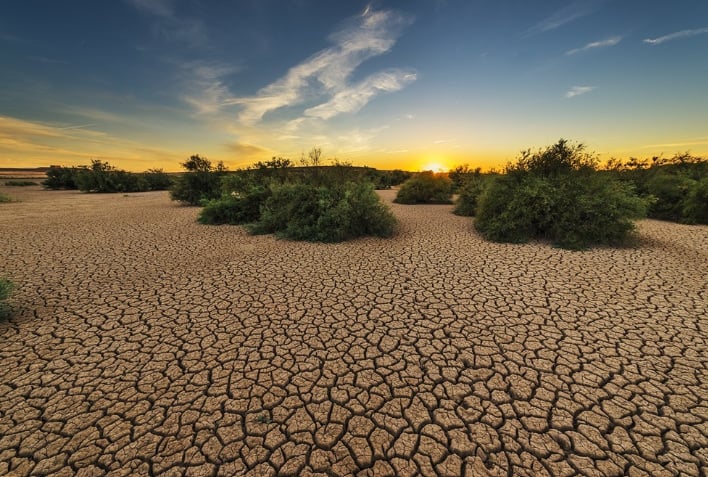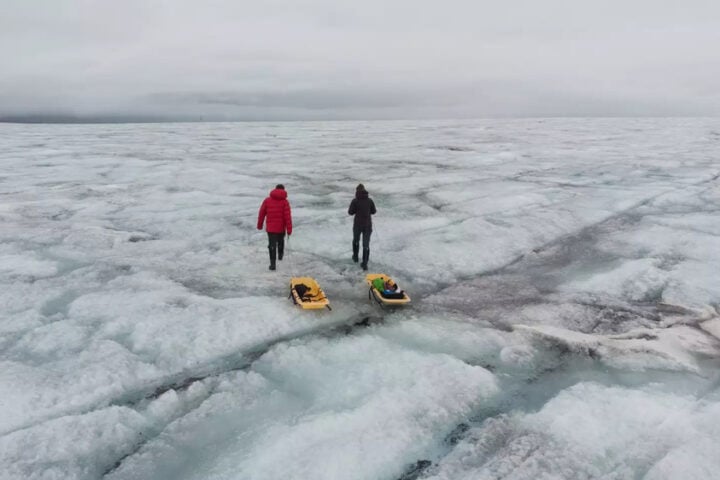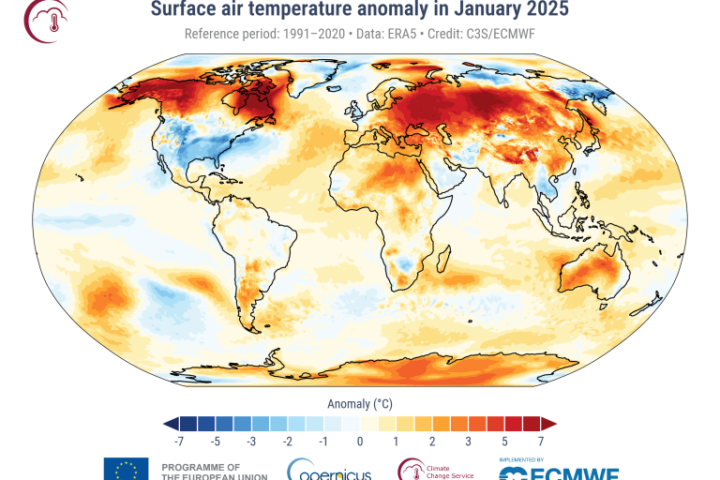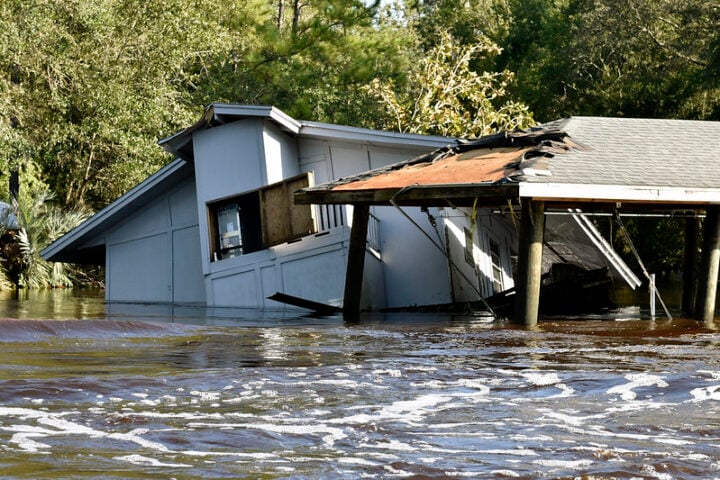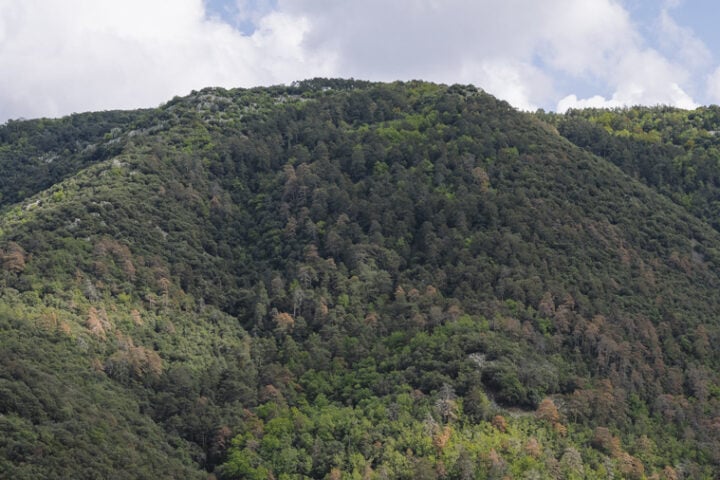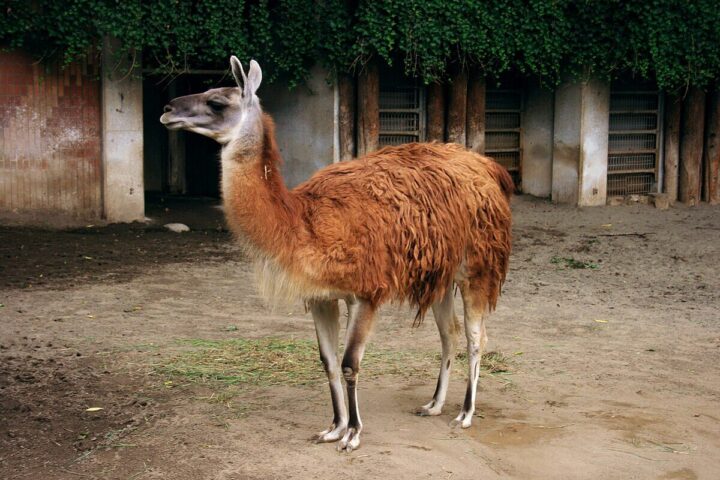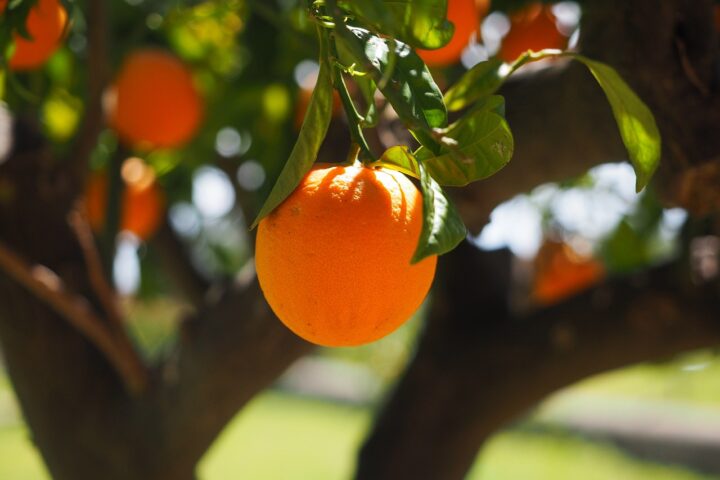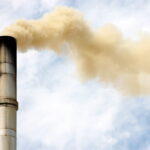The UK’s wildlife faced significant challenges in 2024 as extreme weather continued to reshape natural habitats. From thriving seal colonies to struggling butterfly populations, the year’s weather patterns created clear winners and losers in the natural world.
Grey seals established their first colony in Suffolk at Orford Ness, with the seals choosing this remote location due to the low risk of disturbance and as numbers increased from other colonies along the coastline at Blakeney and Horsey Gap.
However, insects faced severe challenges. At Wicken Fen, Cambridgeshire, butterfly numbers reached their lowest recorded levels during peak week in 15 years of monitoring. At Barrington Court in Somerset, butterflies were virtually absent until late August, while the Giant’s Causeway in Northern Ireland reported only half their usual numbers.
Similar Posts
Historic properties faced serious challenges. Avebury Manor in Wiltshire experienced its first flood in 300 years following a series of winter storms. Keith Jones, Climate Change Advisor at the National Trust, observes “Our unpredictable weather is resulting in confusion for our wildlife and the slow loss of what once were ‘predictable’ seasons.”
Some ecosystems showed signs of recovery. At Dunwich Heath in Suffolk, drone surveys revealed an 11% regeneration of heathland damaged by the 2022 drought. The wet conditions also benefited water voles at Somerset’s Holnicote river restoration project.
Scientists warn that 2025 could be the hottest year on record. Analysis shows that climate change added 41 days of dangerous heat across 2024, with 26 out of 29 studied weather events intensified by climate change.For visitors interested in witnessing these changes firsthand, the National Trust maintains several accessible sites. Sheffield Park near Haywards Heath and Petworth House offer winter viewing opportunities of both wildlife and the changing landscape.
